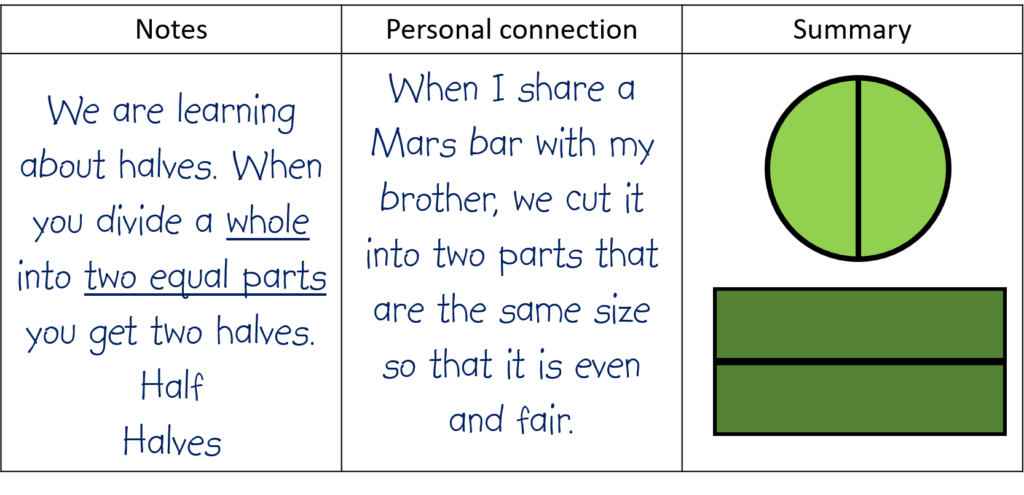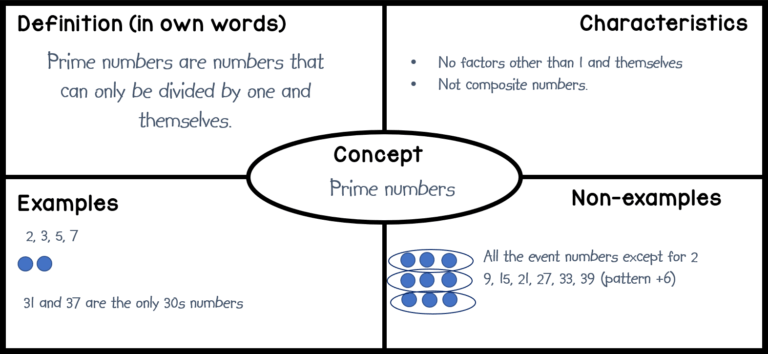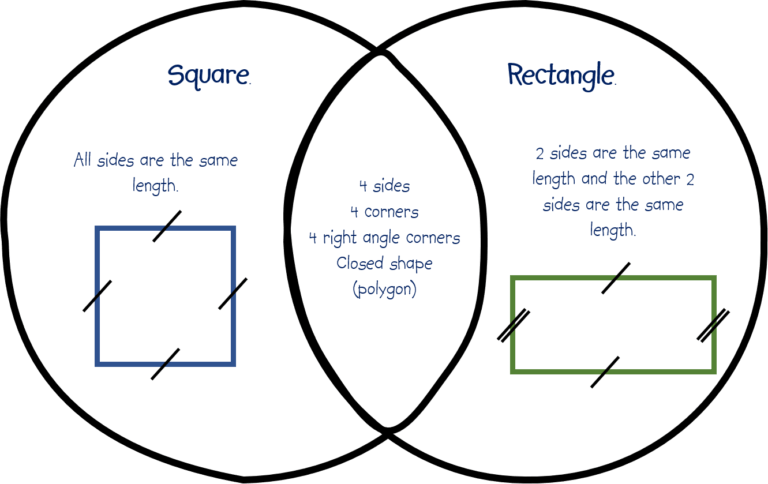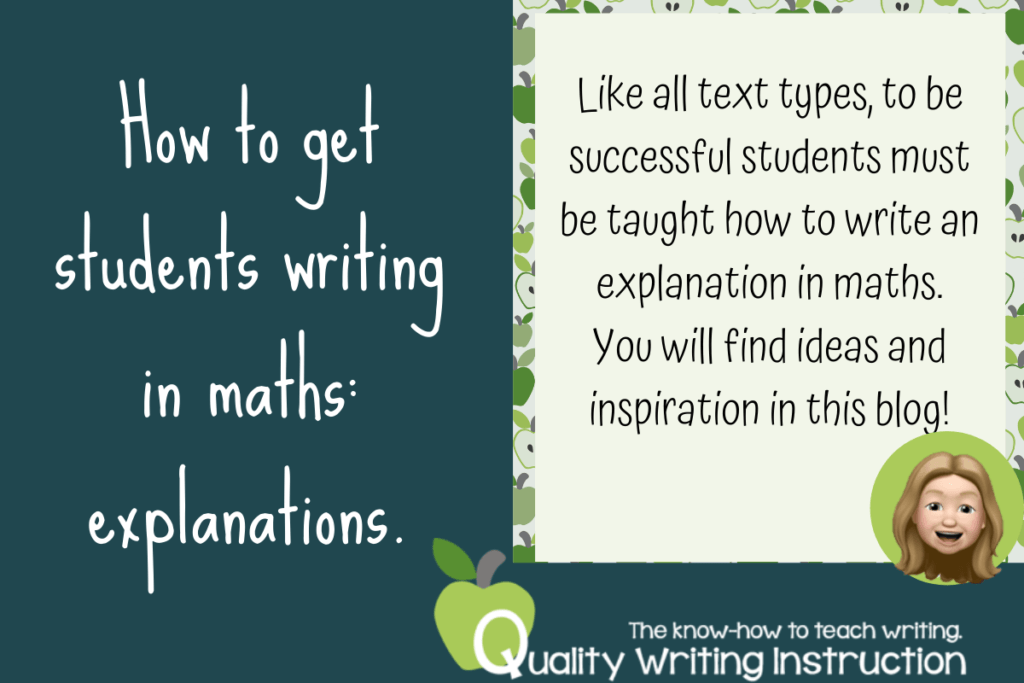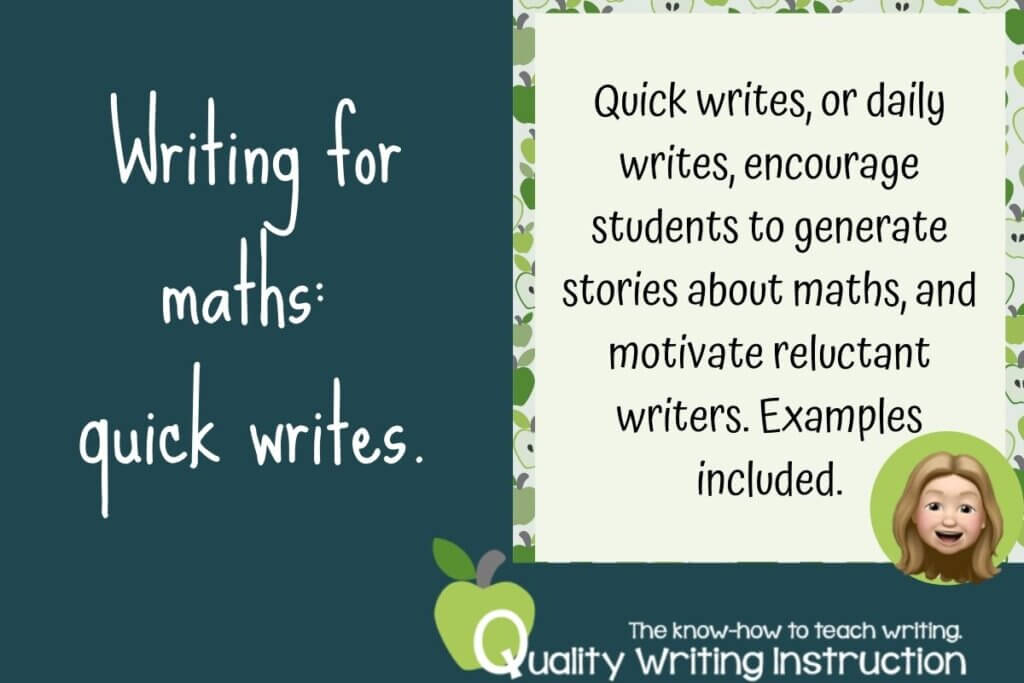How to get students writing in maths: graphic organisers

By KELLIE
- organise their mathematical thinking,
- summarise new learning, and
- make connections to prior knowledge and understanding.
Use tables or column-notes
You can easily create a column note, or table, for any purpose in Word. (Not sure how to do this? Here’s a quick tutorial.)
Be creative with graphic organisers you already use
Another idea is to re-purpose familiar graphic organisers and use them in different ways.
Even scaffolds we usually use for teaching vocabulary and word study can be modified to support teaching in maths.
Here’s a simple way for students to compare and contrast in mathematics.
After students have organised their thoughts, ensure they use their notes to compose a summary or an explanation of their new understanding.
“Squares and rectangles have a lot in common and look a bit alike. They are both closed shapes. They both have four sides, and four right-angled corners. Squares have four sides that are all the same length. But rectangles have 2 sides that are the same, and the other 2 sides are also the same length. I think a square is a special type of rectangle.” (Immy, grade 4.)
Encourage visual representations of learning
You can download blank copies of the graphic organisers we used as our examples here. We’ve prettied them up and included another example.
Keen to share how you incorporate writing into your maths instruction? We’d love you to come join us in The Lounge!
“The Lounge” is Quality Writing Instruction’s Facebook group, where you can share ideas and get support from a fabulous group of like-minded teachers.
References:
Tuttle, C.L., (2005). Writing in the mathematics classroom. In J.M. Kenny (Ed.), Literacy strategies for improving mathematics instruction (pp. 24-50).
